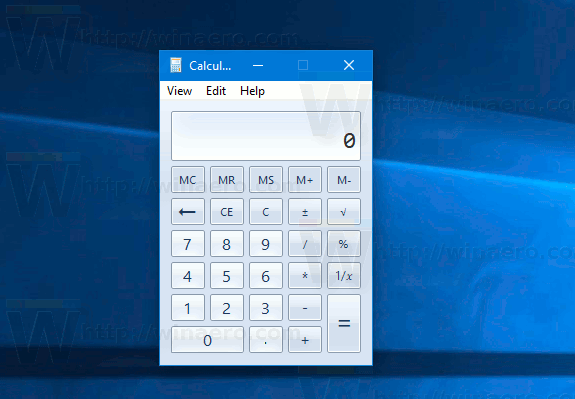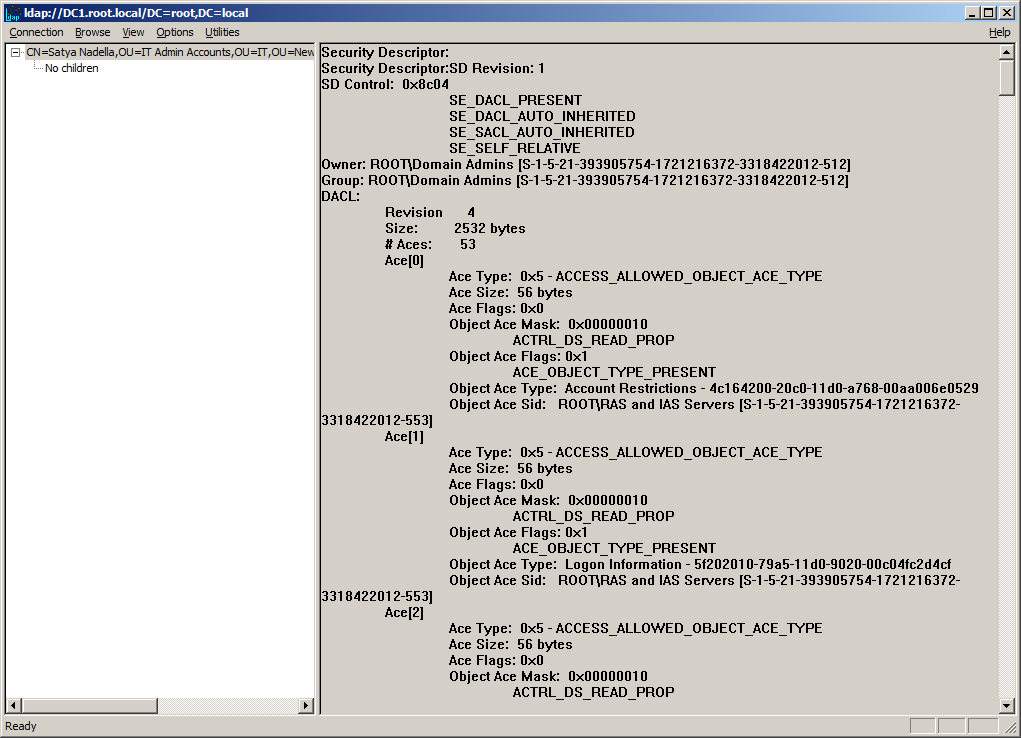If you want a graphical tool to find the DN of an Active Directory object then the free Microsoft tool LDP.exe should do the trick. The tool is included with the Windows Server OS and can be accessed from your local computer if you have the Windows Server 2003 Admin Pack or the 2008 RSAT installed.
Note: The steps below are from the 2008 R2 RSAT version of LDP, the process is very similar for the 2003 version however some of the memu names etc at a bit different.
Ldp Exe Download Windows 7 0. To list the replication metadata for an object in Active Directory: On the Browse menu, point to Replication and then click View Metadata. The Replication Metadata dialog box opens. In the Object DN field, enter the distinguished name of the object, and then click OK. Windows 7 Service Pack 1 Install Instructions To start the download, click the Download button and then do one of the following, or select another language from Change Language and then click Change.
You can do some real damage to your domain using this tool, I recommend that when you bind to the domain you user the credentials of a standard use not an administrator.
Microsoft Ldp Download Download Windows 7 Setup Exe Windows Server Server LDP.exeLDP is the forgotten tool in the Windows Server toolkit. Here on this page is a step-by-step tutorial for getting sta. Prompted to connect Smart Card when testing LDAPS with LDP.exe. I have the following issue. I've created a self-signed certificate in order to connect to LDAP AD over SSL. When I test it with LDP, I am getting prompted to connect a smart card. After I cancel several times, the connection is established. Log Name: System Source: Schannel Date: 7. If you want a graphical tool to find the DN of an Active Directory object then the free Microsoft tool LDP.exe should do the trick. The tool is included with the Windows Server OS and can be accessed from your local computer if you have the Windows Server 2003 Admin Pack or the 2008 RSAT installed.
1) Open Start => run enter LDP and press OK
2) Go to Connection => connect


3) Enter the FQDN of the domain or of a domain controller and press OK
4) Go to connection Bind
5) Either select “Bind as current user” or specify some alternative credentials, then press OK.
Download Ldp
I recommend that when you bind to the domain you use the credentials of a standard user not an administrator.
6) go to View => Tree
7) On the Tree View dialog you caa normally just press OK but if you have a large domain you may want to specify the DN of a root to reduce the load on the DC.
8) Browse down the tree on the left (double-click to expand) until you get to the object you want the DN of. Right-click the object and select Copy DN
9) Paste the DN in notepad or wherever.
Windows Server Server LDP.exeLDP is the forgotten tool in the Windows Server toolkit. Here on this page is a step-by-step tutorial for getting started with LDP. In my opinion, it should be called not LDP but LDAP, as that’s what it configures. Perhaps LDP is overlooked because it’s so hard to get going, I will reveal the secrets of how you search for Active Directory information with this Microsoft utility. Topics for Windows LDP.exe.‡Installing LDP is easy. From the CD supporttools, double click suptools.msi.
Ldp Exe Microsoft Windows 7 64-bit
Alternatively, here is a. There are a number of ways of executing ldp.exe, to begin with, let us call for the Run dialog box and type ldp.Scenario: We wish to view our domain and check on users whose first name begins with ‘a’.The more choices a program gives, the more difficult it is for a beginner to get started. In the case of LDP, you have to perform three operations in sequence before you can start.1) Click on the Connection menu, then Connect, select your server name.
Being an LDAP program, leave the port on 389. You don’t want C onnectionless, therefore leave the default setting. No tick in the Connectionless box. No need for SSL either.2) Next we need to Bind, which is rather like logging on. Even though you would expect that LDP would use the credentials of the logged on user, it does not always work that way.
Microsoft Ldp Download
Download Windows 7 Setup Exe

So just Bind with an Administrator’s name and password.3) Click View and select Tree; what you see is a box waiting for baseDN (Distinguished Name).Now we come to the crucial step. The text books say type, DC=yourdomain,DC=com. The problem comes if you are unsure of your domain name.
Microsoft Ldap Query Tool
For instance, does it have an extension of.com? Guy says just try pressing OK without entering anything at all in the box.If it truly is your intention to connect to a domain, then do not use the drop-down menu and select, DC=ForestDnsZones,DC=domain,DC=com, that just does not work for me.4) What I hope you will see in the left hand LDP panel is a structure that reminds you of Active Directory Users and Computers.5) Now you have done all the hard work. It’s time for the first LDAP query. Click on the Browse menu, and select Search. Leave the Base Dn: dialog entry as it is, in the Filter box type (givenName=a.). If you remember our brief was to find all users whose first name begins with ‘A’.
If that produces no results, try (cn=a.). CN means common name, and surely there will be an administrators’ account in the domain?6) The fruits of all your LDP efforts should now appear in the right hand menu. The fact that the latest entries are at the bottom rather than the top, takes a little getting used to, so be prepared to scroll down.Guy Recommends 3 Free Active Directory ToolsSolarWinds have produced three Active Directory add-ons. These free utilities have been approved by Microsoft, and will help to manage your domain by:. Seeking and zapping unwanted user accounts. Finding inactive computers.
Bulk-importing new users. Give this AD utility a try, it’s free!
.AD LDS is a Lightweight Directory Access Protocol (LDAP) directory service that provides flexible support for directory-enabled applications, without the dependencies that are required for Active Directory Domain Services (AD DS). AD LDS provides much of the same functionality as AD DS, but it does not require the deployment of domains or domain controllers. In environments where AD DS exists, AD LDS can use AD DS for the authentication of Windows security principals.
You can run multiple instances of AD LDS concurrently on a single computer, and have an independently managed schema for each AD LDS instance.